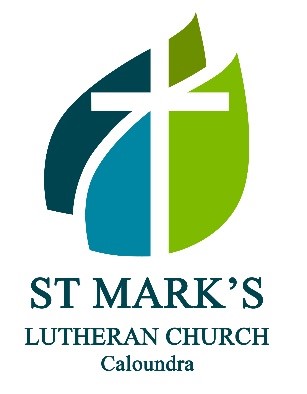 Have you seen a cockatoo lately? A sulphur-crested white cocky, or what about the rarer black cockatoo?
Have you seen a cockatoo lately? A sulphur-crested white cocky, or what about the rarer black cockatoo?
For numerous indigenous peoples throughout Australia, the black and white cockatoos are totem animals for differing social groups and clans.
This is true for the Guugu Yimithirr people of far north Queensland. George Rosendale, a former elder and Lutheran pastor from the Hopevale community, tells the story of the black and white cockatoo and how they reconciled their differences. He writes;
The cockatoos were brothers who lived long ago. When they became men, the black cockatoo realised he was different. He did not like it. He became very angry with his father because he made him black. He decided to change the way things were. One day he was found by his brother, the white cockatoo, sitting under a tree, very upset and angry. ‘What is the matter with you, my brother?’ he asked.
‘I’m very angry with my father,’ he answered. ‘He made you white and he made me black. I don’t like it. I’m going to change my colour.’
He went to his uncle, who lived over the range. He asked him for honey and clay. His uncle gave him what he wanted. He took the clay and made it into powder; then he put the honey all over himself and sprinkled the powered clay over the honey. He looked at himself and said: ‘Now I am like my brother.’
His grandfather, the storm bird, was very angry with the foolish brother. He called the North wind to bring rain. The monsoons came, and it rained and rained and rained, and washed all the clay and honey away.
Later, his brother found him again sitting under the tree, angry, sad and sorry for himself. He said, ‘My brother, you did a foolish thing to hurt our father. We are his sons. He made both of us and he loves us. Come on, be happy! Our father loves you just as much as he loves me. We both belong to him. Be happy and rejoice.’
To this day, the black cockatoos are happy. They even sing while flying and eating.[1]
This sounds very much like another well-known biblical story, the parable of the lost or prodigal son. In this gospel story of Jesus, two differing sons need reconciliation. Reconciliation because their relationships are broken and fractured. There is anger. There is hurt to the Father and to each other. Forgiveness and restoration is needed.
Reconciliation is needed in our lives too, because as humans, we are good at creating barriers between differing peoples. Through Jesus, we are made one, no black or white, no male no female, no Jew no Gentile. We are all equally loved and reconciled to one another and to God. We are given peace and common ground that is beyond the differences and the divisions we develop.
The theme for National Reconciliation Week this year is: “More than a word, reconciliation takes action.” Reflecting on this story of the black and white cockatoos, what does reconciliation look like to you? In what ways can reconciliation be put into action in your relationships, in your school, in your community, in our country?
Several years ago, Aboriginal Christian leaders in Australia acknowledged that: “Through Christ, we have the strength to be reconciled to each other and to the land. This means we are involved with Christ in the process of breaking down the barriers that divide Australian Aboriginal peoples from each other and from other Australians in this land.”[2]
In our schools, in our family relationships, in our communities, in our country, Christ is calling us, inviting us to be part of the healing he offers, reconciliation between black and white. How can we walk, as well as talk reconciliation in deliberate ways?
A prayer for reconciliation…
Lord Jesus, you are the one who calls and invites us into reconciliation. The reconciliation you accomplished on the cross. Heal the divisions and hostilities in our land between people of different race, colour and religion. Forgive us for the barriers and separations we create and give us new ways to put our words of reconciliation into real-life tangible action. In your name, we pray. Amen.
Pastor Tim Jarick, College Pastor
[1] Rainbow Spirit Theology; Towards an Australian Aboriginal Theology by the Rainbow Spirit Elders, Harper Collins, East Melbourne: 1997, 71-72.
[2] Rainbow Spirit Theology, 70.







